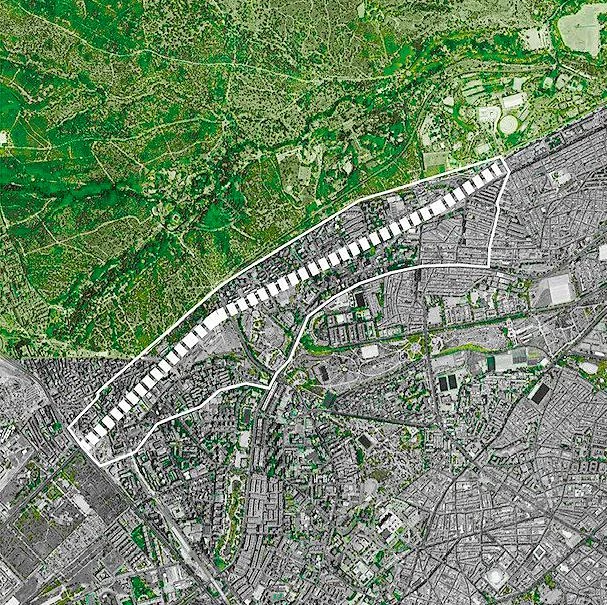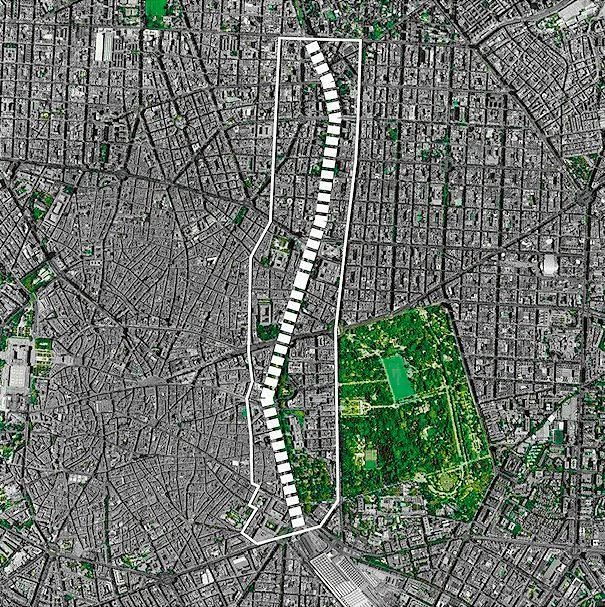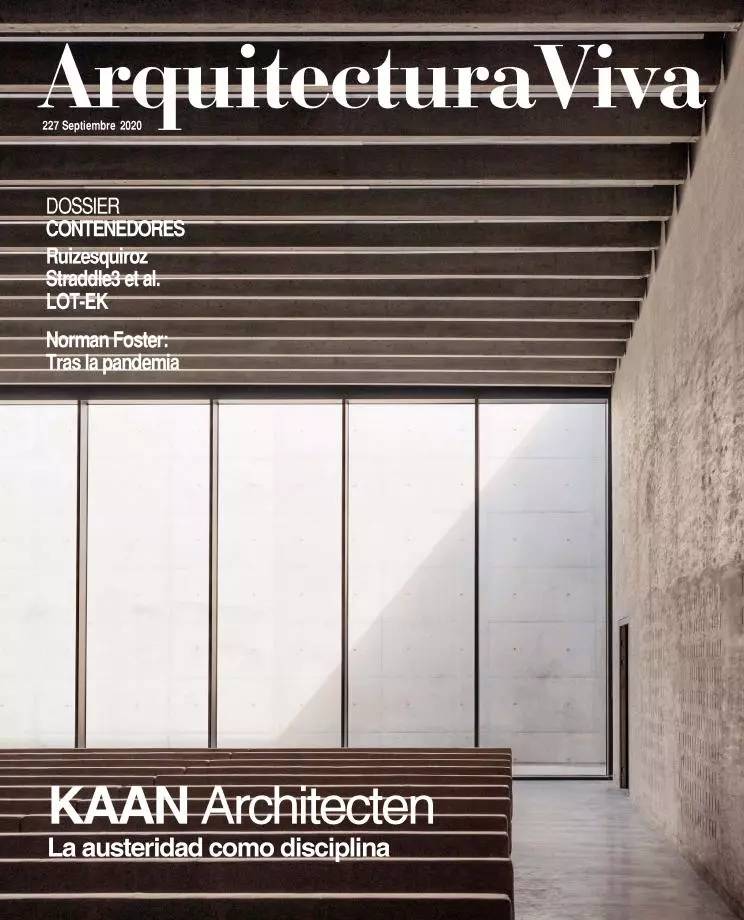Madrid, a Motorway Underground
Lost Opportunity

Burying the most urban stretch of Madrid’s A5 motorway – 3.5 kilometers from the exit of the Avenida de Portugal tunnel to the intersection with Avenida de Los Poblados – is an old demand of locals. Even back in 2007, at the time of the undergrounding of the first span – just 1.5 kilometers – and the urbanization of the boulevard that covered it, citizens who did not directly benefit from that part of the Madrid Río riverside park protested vehemently. And they were right to. The A5 is a thoroughfare of heavy traffic, noisy and very polluted. It also causes a dramatic rupture in the fabric of the city which seriously complicates connections between adjoining neighborhoods and with the formidable green zones of the area, including the Casa de Campo and the Cuña Verde.
It is therefore a must to ‘urbanize’ the motorway. Madrid should have pursued debate on how to go about this, whether to reduce vehicle capacity and speed and create a generous boulevard at ground level, or to bury the A5 altogether, as City Hall has decided to do with a budget estimated at 200 million euros. Sadly, such a debate never happened.
Madrid City Hall proposes to inearth the motorway and build needed public space over it, while resolving and improving some of its intersections and knots. The magnitude of the proposal is colossal. A simple comparison with Paseo de la Castellana gives an idea. La Castellana extends 6.5 kilometers from Atocha to Plaza de Castilla: 3.5 kilometers of the ‘Southwest Green Corridor’ is equivalent to the Castellana span that goes from Paseo del Prado to a point about 200 meters south of Plaza de San Juan de la Cruz.
We welcome the municipal initiative to call a competition for the burial and the urbanization above. However, the specifications are extraordinarily paradoxical. The brief’s heading says: “The area in which the current A5 motorway stretches, in its urban section, from Avenida de Portugal to the junction with the M-40, is characterized by a densely populated urban network dotted with major green zones of the Municipality of Madrid […]. The current A5 impedes interaction between bordering neighborhoods and hinders residents’ enjoyment of the green zones. The flanks are connected by passes at levels quite higher or lower than the current A5.” And further: “The project also includes the subsequent urbanization of the covering, to be transformed into an area complete with streets, greenery, public spaces, and services for the citizenry, resulting in permeability between both sides.”


The objective of the operation, and thus its ultimate rationale, is not the technical solution of tunnel engineering, however complex and indispensable this may be. It is the interment that will improve things, and if this is the principal aim of the transformation, what’s required is a vision of urban design for a huge piece of the city.
That said, confusing means with ends, technical teams and economic offers seem to be the only criteria for selecting a winner, and for the assessment of technical teams the competition brief lists more than twenty profiles, all engineers. Not one architect, nor urban planner, nor landscaping specialist!
Madrid may well be the only city of ours that, when it comes to choosing a team for a work of such scope, ignores the need for architects, urbanists, sociologists, environmentalists, and landscaping experts, among other indispensable professionals, bypassing them not even only for the drawing up of a sound project, but for the job of understanding the work to be designed. In Paris, Seattle, Boston, Helsinki, Maastricht, New York, or London, examples abound of large-scale operations linked to ‘domestication’ of urban infrastructures and public space.
But this experience has also played out, to enormous success, in Madrid. The ‘Southwest Green Corridor’ is the prolongation of Madrid Río where a team of architects in collaboration with many other professionals of several disciplines designed the land over the buried M-30 motorway. And we must remember that Madrid Río is the urban project carried out by the city of Madrid that has garnered the most number of awards around the world, and that it is continuously visited by students, professors, and researchers coming in the hundreds from many different places, besides being – and of course this is what matters most – a civic success enjoyed on a daily basis by thousands of people.
The ‘Southwest Green Corridor,’ in contrast, starts out seriously flawed, conceived as it is as a circulation infrastructure that gives little importance to urban and civic values, to the quest for excellence, and to the wisdom that multidisciplinary teams generate. If this process does not change course, Madrid will miss another great opportunity.
Francisco Burgos and Ginés Garrido teach at ETSAM-UPM.





